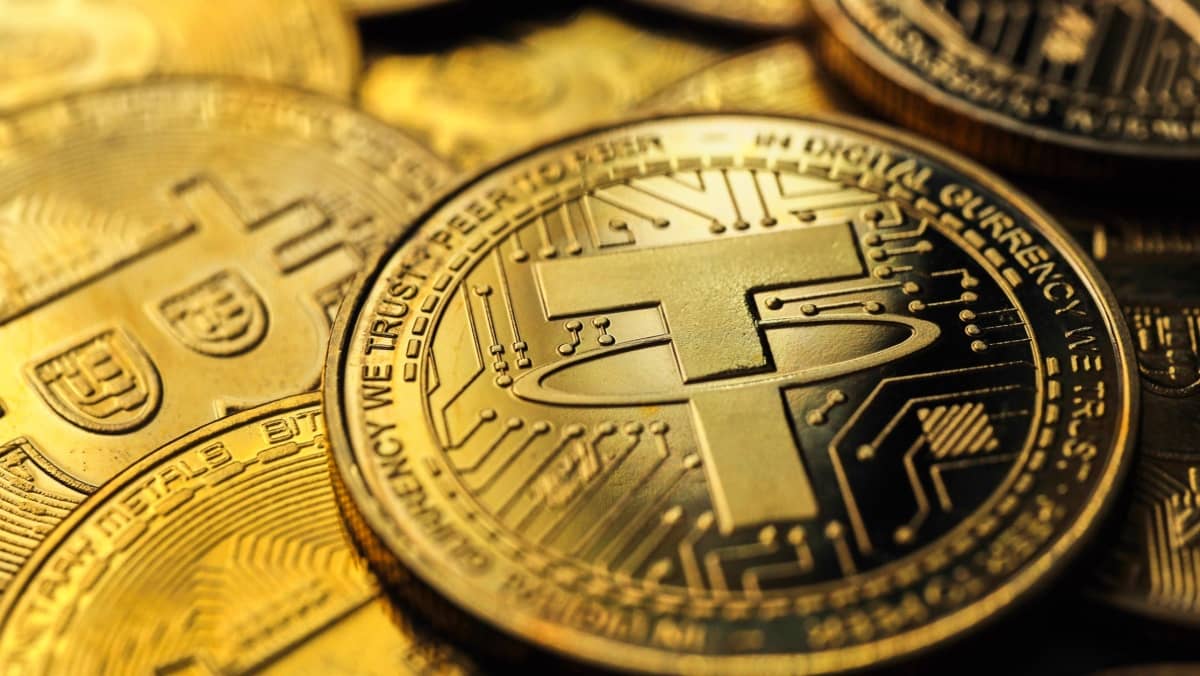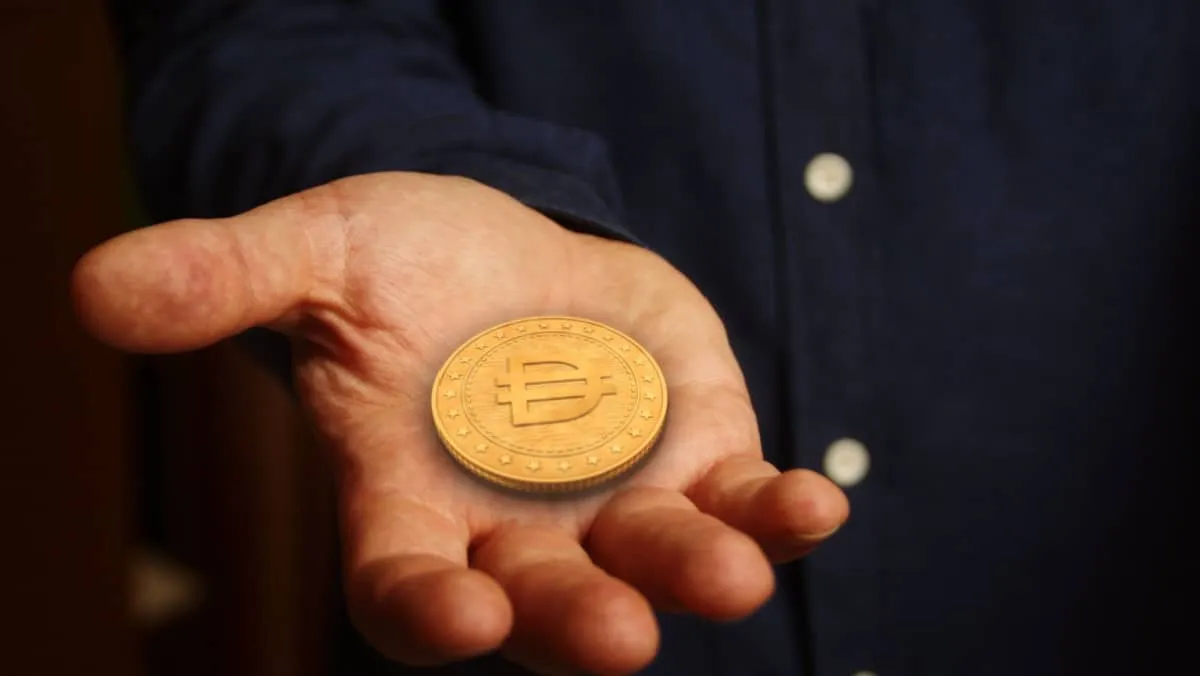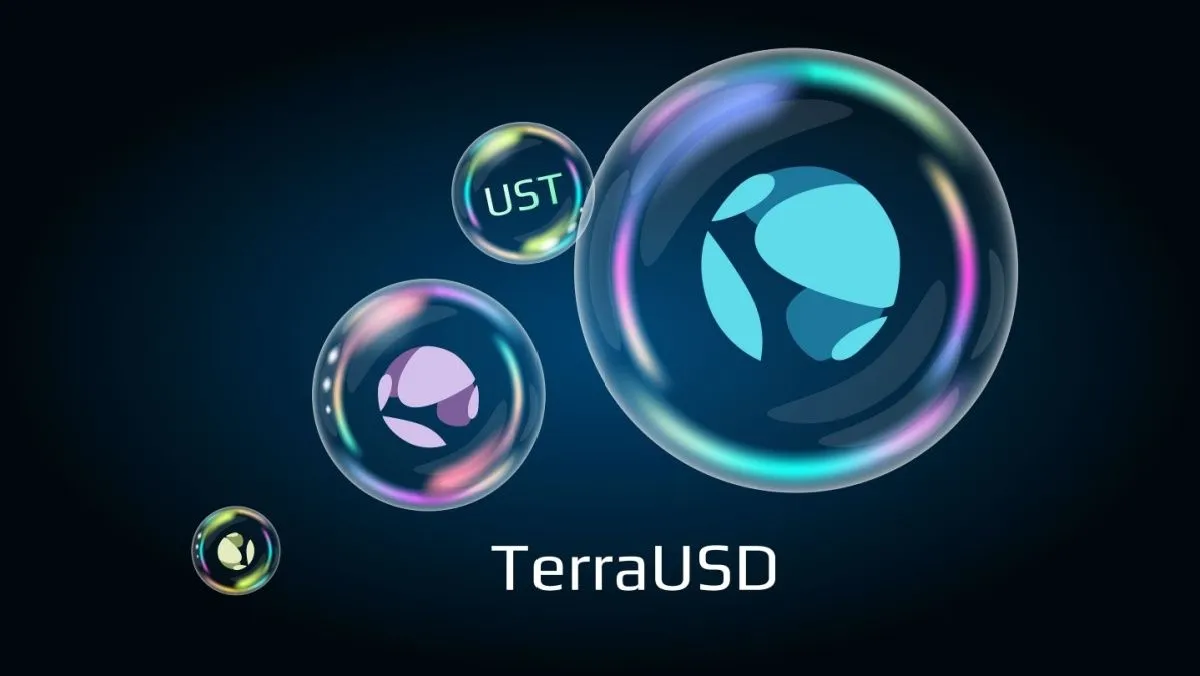Wednesday Mar 13 2024 06:55

9 min

Tether (USDT) has dominated the stablecoin market since its launch in 2014, becoming the most widely used dollar-pegged cryptocurrency. Because of this, numerous alternatives are emerging to compete with this stablecoin.
In this article, learn the most credible USDT alternatives on metrics spanning adoption, features, and regulatory compliance. You will discover whether the USDC, Dai, TerraUSD, and more have what it takes to build market confidence and challenge Tether’s long-standing dominance.
Launched in 2018, USD Coin (USDC) is operated by Circle and Coinbase, two of the most prominent crypto companies. USDC aims to address Tether’s opacity issues by being fully transparent and compliant with financial regulations.
Here are the features of USDC:
According to CoinGecko, USDC has a market capitalization of over $25 billion, making it the second-largest stablecoin behind USDT. USDC is gaining fast, with a 500% increase in its market cap in 2021 compared to Tether’s 50% growth.
Explore these recommended reads: Tether’s Impact On the Cryptocurrency Market
Paxos Trust issues Paxos Standard (PAX) and maintains direct 1:1 backing against the US dollar. The New York State Department of Financial Services regulates Paxos.
Advantages of PAX include:
According to CoinMarketCap data, PAX currently has a market cap of $206 million compared to Tether’s $99 billion cap. While PAX is still far from challenging USDT, its transparent model and regulatory assurances could see more DeFi and CeFi players adopt it over Tether.
Check out this suggested article: Learn How Tether (USDT) Makes Money

Unlike previous USDT alternatives, Dai is not backed by fiat currency reserves. Instead, it uses crypto assets locked into MakerDAO’s blockchain as collateral to maintain its 1:1 dollar peg.
Here are some notable aspects of Dai:
Launched in 2019, Binance USD (BUSD) is a stablecoin created through a partnership between Binance and Paxos. BUSD aims to merge regulatory compliance with the accessibility of a stable asset designed by one of crypto’s biggest exchanges.
Here are some impressive features:
Per Binance, BUSD has a $80+ million market capitalization. BUSD has seen considerable growth in 2022 by leveraging Binance’s thriving ecosystem.
Consider giving this a look: Growing Role Of Tether (USDT) In DeFi Applications

Created through the Anchor protocol, TerraUSD (UST) uses algorithmic minting/burning of LUNA (Terra’s governance token) to stabilize price levels. LUNA is the collateral backing UST’s dollar peg via arbitrage between the assets.
Advantages like –
However, crypto-backed stablecoins also come with stability risks based on collateral volatility, as seen during May 2022’s LUNA/UST crash, which erased tens of billions in market value. Questions on the stability of crypto-collateralized models persist, especially during periods of extreme bearishness.
LUSD takes a similar overcollateralized approach as UST but uses interest-bearing ether instead of a distinct governance token as its backing asset. As Ethereum transitions to proof-of-stake consensus through its Merge upgrade, LUSD could provide a progressively stable, stability-focused asset to DeFi ecosystems.
Prominent DeFi lending platform Aave offers incentives to liquidity providers on LUSD, boosting its adoption. LUSD’s maintaining its peg through volatile market events like the FTX collapse signals the robustness of its model.
The over-collateralization from stacked ETH allows users to earn yield while getting price-protected dollar exposure simultaneously.
LUSD remains still ranks outside the top 40 stablecoins by market cap. Adoption of the StakeHound-created stablecoin remains relatively nascent compared to USDT, USDC, and DAl.
You might also like to read: Terra (LUNA) - Reinventing Digital Money
Tether continues sitting atop its stablecoin throne despite its transparency and centralization concerns. However, the growing regulatory crackdown makes user distrust of Tether’s backing a persisting issue. Popular DeFi applications like GMX restricting USDT could signal wider ecosystem ramifications.
This is where USDC, PAX, DAI, BUSD, UST, and LUSD showcase viability as transparent and compliant alternatives increasingly embraced by mainstream crypto companies. Their banking partnerships enable easier fiat conversion while bringing stability assurances that decentralized alternatives still lack.
While still not immune to volatility cascades across digital asset markets, crypto-backed stablecoins present an alternative path for stability that is orthogonal to financial institutions.
The growth of stablecoin savings accounts to offset dollar debasement also makes tapping into crypto-native stability solutions appealing for users focusing on wealth preservation.
Learn and trade with markets.com: The ultimate trading community!
“When considering “CFDs” for trading and price predictions, remember that trading CFDs involves a significant risk and could result in capital loss. Past performance is not indicative of any future results. This information is provided for informative purposes only and should not be considered investment advice.”